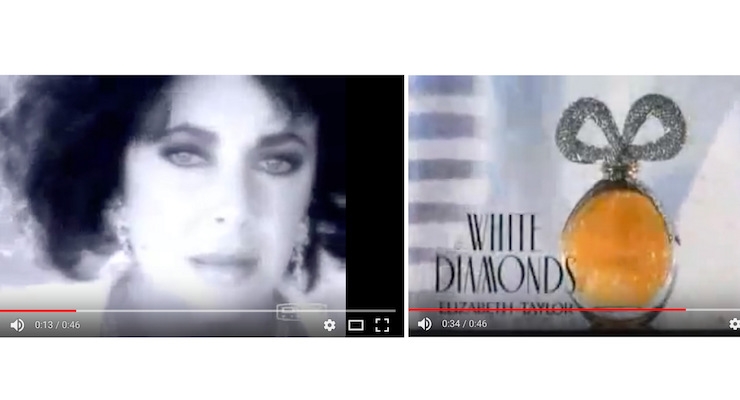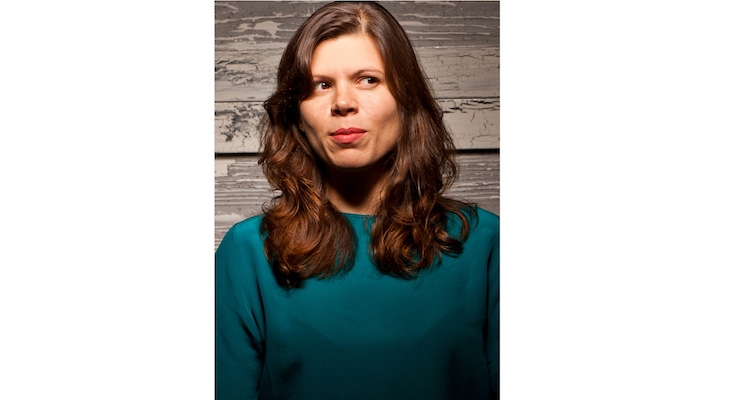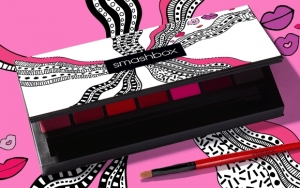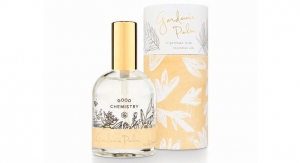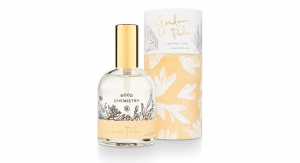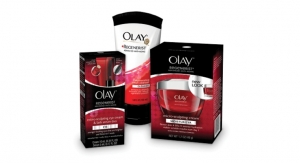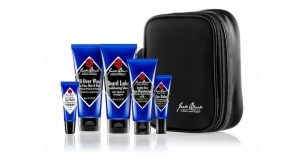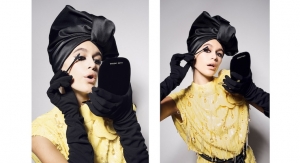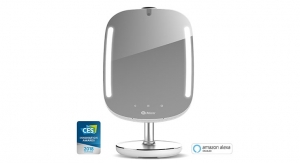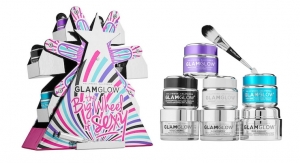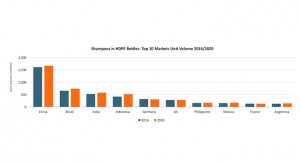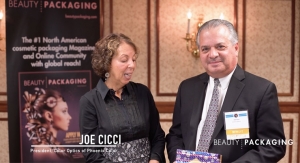Rachel Bernard03.29.18
I was eating a fruit roll-up and watching 21 Jump Street when I first saw the commercial for Liz Taylor’s White Diamonds. Liz sauntered into a soft-focus poker game, set down a diamond earring to up the ante, turned to the camera and said, “these have always brought me luck.” I had no idea what a White Diamond could possibly smell like, but if it could make me feel like a sophisticated, risk-taking movie star—I was in.
That was the moment I fell in love with naming.
So many of my favorite fragrance names at that time—Knowing, Joy, and White Diamonds (of course)—all had something in common. None of them said anything about fragrance. Why so abstract? Why not just describe the pleasant smells you can expect opening the bottle—floral, woodsy, fruity, sweet?
Because the name is one of the only ways fragrance brands can stand out.
Unlike other product categories, the horizon for product innovation is radically limited. The benefit is always the same—it smells nice. And there are only so many words to describe smells. So, when brands seek to introduce new fragrances with descriptive names, they often find their competitors already using obvious words like musk, lavender, or rose. To stand out, to make the rose appear to smell a little sweeter, call it by another name.
Great abstract fragrance names tap into metaphors, painting a unique picture of what the brand feels like.
By rooting names in archetypes, brands show their target audiences a lifestyle to aspire to (Mademoiselle by Chanel and Mod Noir by Marc Jacobs, for example). Mademoiselle evokes the fantasy of a French girl gliding down cobblestone streets on her bicycle, no doubt to pick up a morning baguette. Mod Noir sounds irreverent and edgy—precisely what would-be mod girls so badly want to be.
Other fragrances are all about conveying the feelings associated with rich experiences or atmospheric locales. Maison Margiela’s Lazy Sunday Morning perfume, as well as its Jazz Club cologne, fall into this camp.
But naming, like life, has its seasons. Abstract brand names have been with us for so long that the door for descriptive names is open again. Jo Malone is perhaps the biggest exponent here: Its latest cologne collection includes Grapefruit; Wood Sage & Sea Salt; Amber & Lavender; and Incense & Cedray. These marks would’ve been right at home on 19th-century shelves.
The trick with descriptive names is being first-to-market. Before too long, the category becomes crowded and cluttered with me-too sounding names.
Still, there are some refreshing areas of exploration in the world of descriptive fragrance names. Demeter emphasizes unique scents rather than unique names. Its wacky varieties (about 300 in total) include Buttered Popcorn, Cinnamon Bun, Kitten Fur, Rooibos Red Tea, Holy Smoke and the tennis-inspired Fuzzy Balls.
It’s also fun to try to see if the fragrance lives up to the name.
It’s nice to see descriptive names make a comeback. But for me, I love the classics.
Photo: Screenshots of the 1991 commercial for Elizabeth Taylor's White Diamonds from the blog, Yesterday's Perfume.

